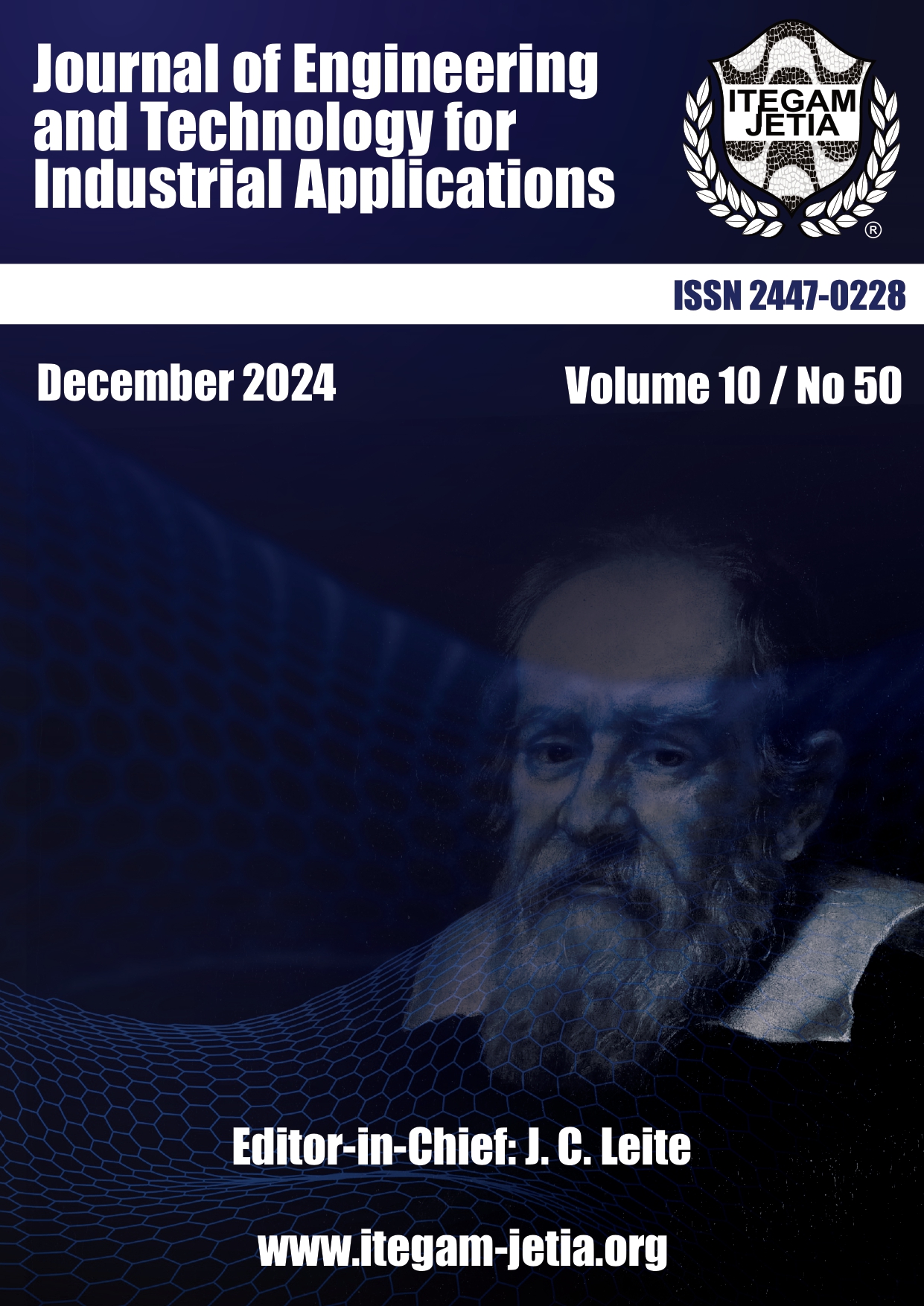Impact of Nitrogen Incorporation on Band Gap Bowing in Zinc-Blende GaAs₁₋ₓNₓ:A First-Principles Study
Abstract
This study, utilizing full-potential linear muffin-tin orbital (FPLMTO) calculations within density functional theory (DFT), delved into the structural properties of zinc-blende GaAs1-xNx alloys. By varying the nitrogen concentration (x= (0.125, 0.083, and 0.063), we observed deviations from Vegard's law for lattice parameters and nonlinear behavior of the bulk modulus. The band gap bowing was primarily attributed to volume deformation effects, as elucidated by the Ferhat approach. Our findings demonstrate that the electronic and structural properties of GaAs1-xNx are strongly influenced by the nitrogen concentration. These variations present exciting opportunities for bandgap engineering and the design of wide-bandgap optoelectronic devices.
Downloads
Copyright (c) 2024 ITEGAM-JETIA

This work is licensed under a Creative Commons Attribution 4.0 International License.











